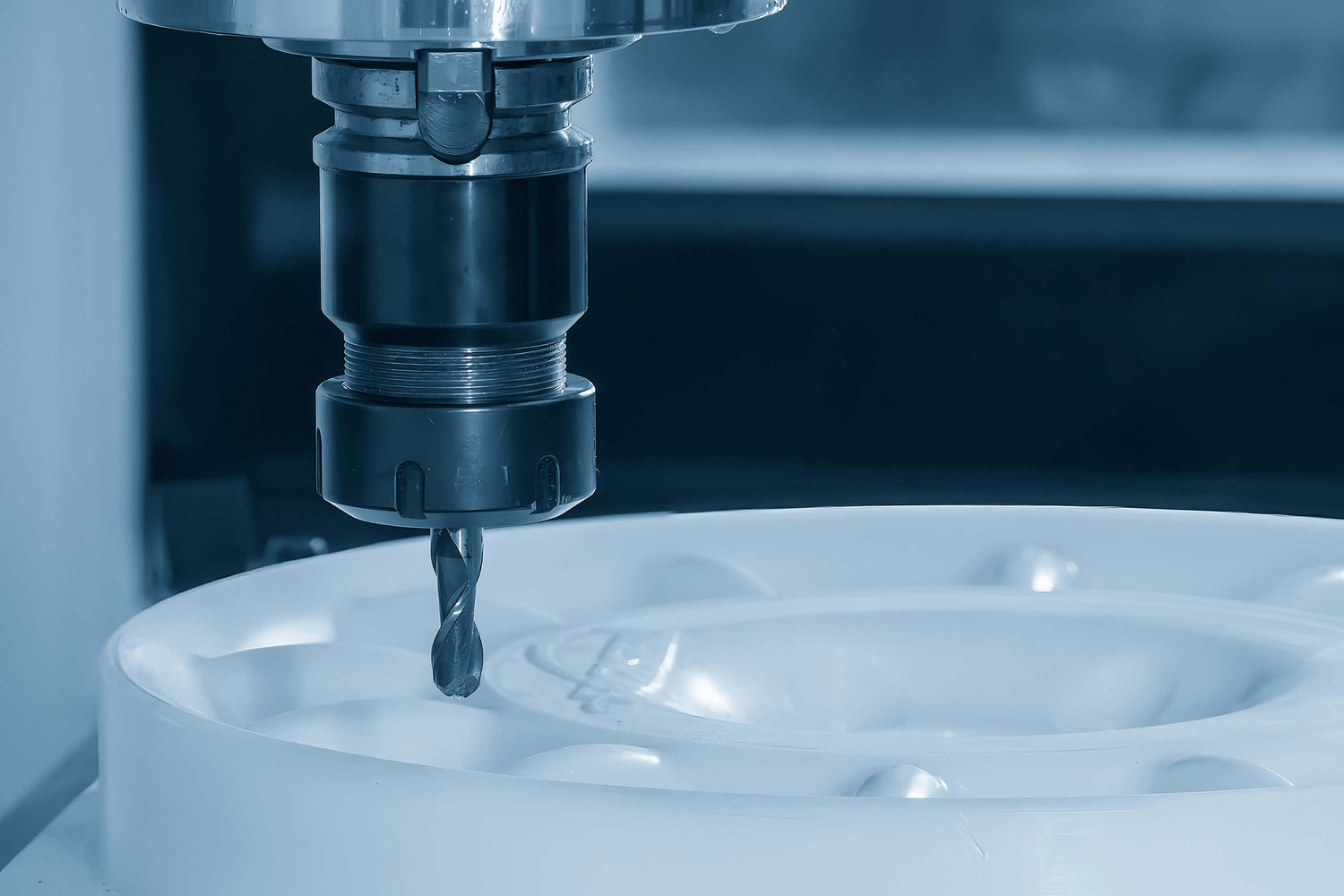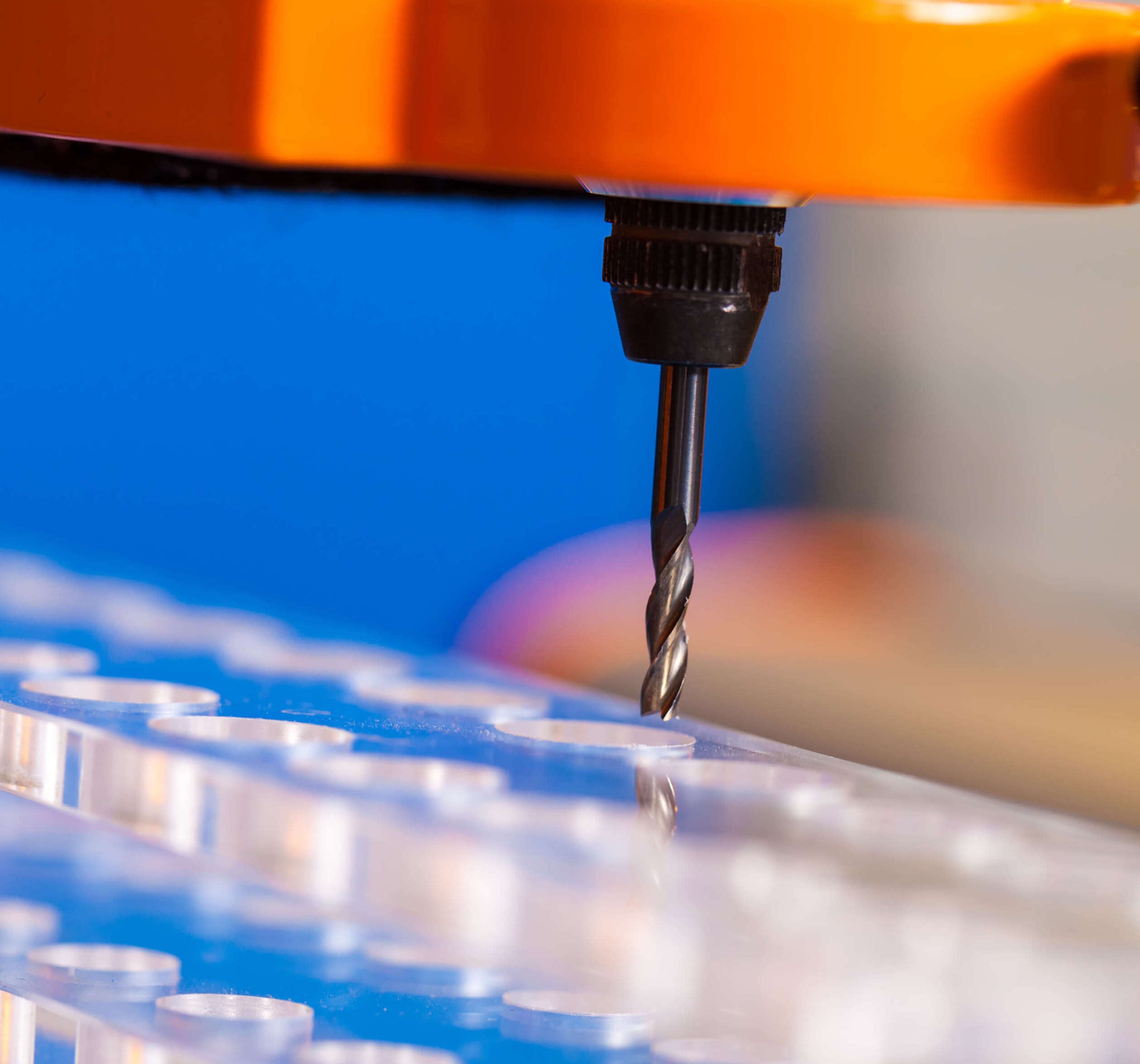Plastic engineering starts with a deep knowledge of material science, which allows engineers to understand the unique chemical and physical properties of various plastics. By studying factors like thermal properties (how materials react to temperature changes), mechanical properties (strength, flexibility, and durability), and chemical resistance, engineers can predict how plastics will perform in different environments. This knowledge helps them select the most suitable materials for specific applications, ensuring the end products meet performance requirements.
Product Design: Turning Concepts into Functional Products
Designing plastic products is central to plastic engineering and involves creating detailed plans, choosing the right materials, and balancing properties like strength, durability, and cost-effectiveness. The design process begins with conceptualization, where initial ideas and sketches are developed. This moves into material selection based on the product's purpose, followed by prototyping to test and refine the design. Finally, the design is finalized with precise specifications, ready for manufacturing. This approach ensures that plastic products are not only functional but also efficient to produce.
Manufacturing Processes: Shaping Plastics into Products
Plastic engineers work with various manufacturing techniques to transform raw materials into finished products, each suited to different types of plastics and product designs. Injection molding creates complex shapes by injecting molten plastic into molds, while extrusion forms continuous shapes like pipes and sheets by pushing plastic through a die. Blow molding is used for hollow items like bottles, and thermoforming heats plastic sheets to shape them over molds. 3D printing, a newer method, builds plastic parts layer by layer from digital designs, enabling complex and customized shapes.
Quality Control: Ensuring Reliable, High-Quality Products
Quality control is essential in plastic engineering, ensuring that products meet specific standards for safety and performance. Quality checks include visual inspections for defects, dimensional measurements to confirm size accuracy, performance testing under various conditions, and chemical testing to ensure materials are safe. These quality assurance measures help maintain the reliability and functionality of plastic products.
Sustainability and Recycling: Reducing Environmental Impact
As environmental awareness grows, plastic engineers are focusing on reducing the environmental impact of plastics. This includes improving recycling methods to efficiently repurpose plastic waste, developing biodegradable plastics that break down more easily, and promoting sustainable manufacturing practices that use renewable resources and reduce energy use. These efforts aim to make plastic engineering more environmentally friendly and responsible.
Applications and Innovations: Diverse Uses of Plastic Engineering
Plastic materials are essential across many industries. In automotive and aerospace, they create lightweight, durable components that enhance fuel efficiency and withstand extreme conditions. In healthcare, plastics are used for safe, reliable medical equipment and implants. Consumer goods, electronics, and packaging all rely on the versatility of plastics, while construction uses durable, cost-effective plastics for various infrastructure needs. Constant innovation in plastic engineering continues to expand its applications and benefits.
The Role of Plastic Engineers: Innovating and Addressing Challenges
Plastic engineers work in manufacturing, research labs, consulting, and academia, developing new materials and products that meet society's needs while addressing environmental issues. Their expertise in material science, design, manufacturing, quality, and sustainability makes them crucial in driving innovation in plastic engineering. As demand for high-performance, sustainable plastics grows, the role of plastic engineers is becoming more vital in ensuring these materials are used responsibly.
In summary, plastic engineering is a dynamic field that combines scientific knowledge with practical design and manufacturing skills to create innovative, sustainable solutions. As society demands more from plastic products, plastic engineers are essential in meeting these needs in an environmentally conscious way.





Leave a comment
This site is protected by hCaptcha and the hCaptcha Privacy Policy and Terms of Service apply.